Home>Furniture & Design>Outdoor Furniture>How Often Should I Water Outdoor Potted Plants?
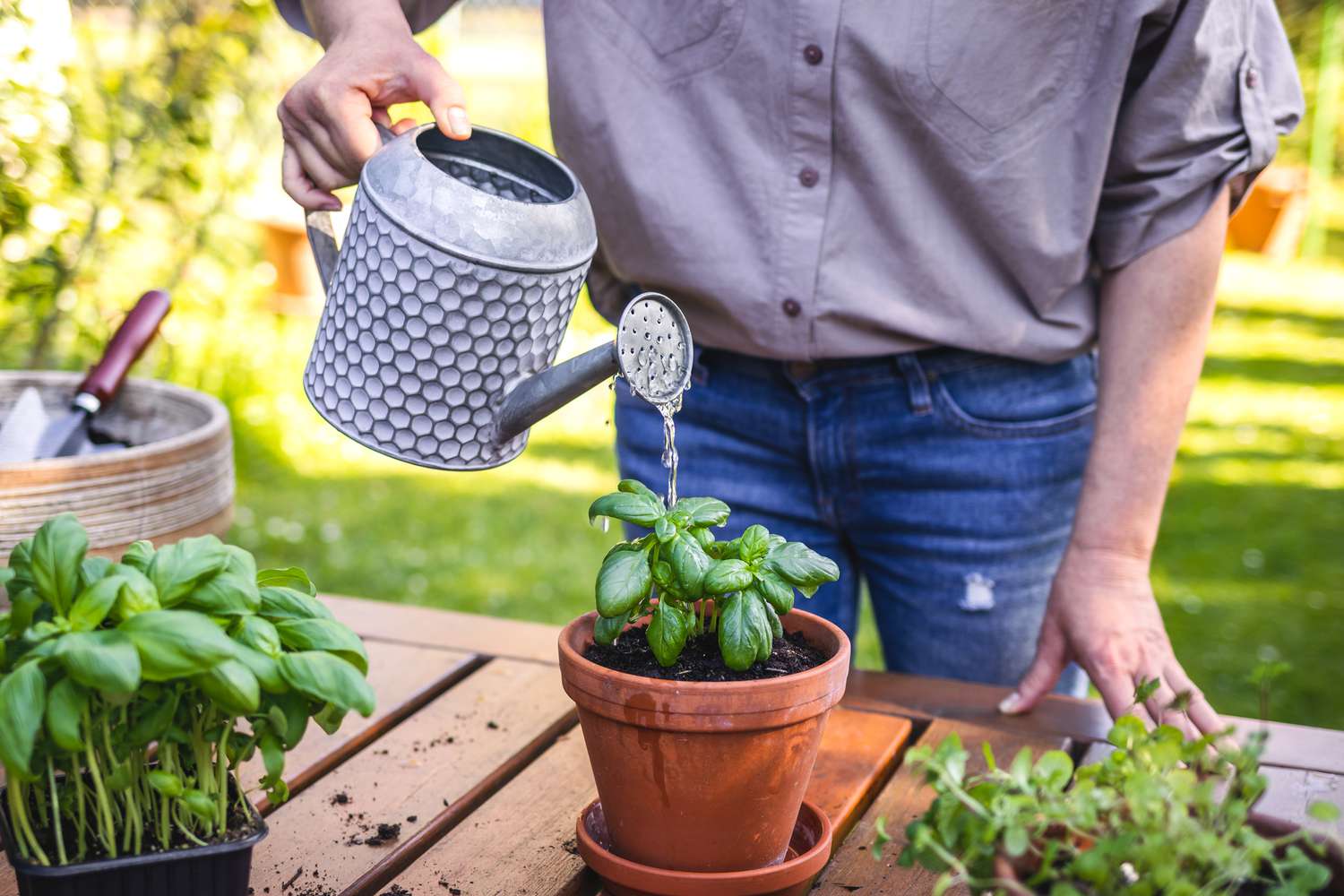

Outdoor Furniture
How Often Should I Water Outdoor Potted Plants?
Modified: August 17, 2024
Learn the best watering schedule for outdoor potted plants to keep your outdoor furniture and design flourishing. Discover expert tips and advice for healthy, vibrant plants.
(Many of the links in this article redirect to a specific reviewed product. Your purchase of these products through affiliate links helps to generate commission for Storables.com, at no extra cost. Learn more)
Introduction
Welcome to the wonderful world of outdoor potted plants! Whether you're a seasoned gardener or just starting to explore the joys of plant parenthood, one of the most crucial aspects of caring for your green companions is ensuring they receive the right amount of water. As simple as it may seem, watering outdoor potted plants is an art that requires a delicate balance. Too much water can lead to root rot and other moisture-related issues, while too little water can leave your plants parched and struggling to thrive.
In this comprehensive guide, we'll delve into the factors to consider when determining the watering needs of your outdoor potted plants, explore the various types of plants and their specific requirements, and discuss the telltale signs of both overwatering and underwatering. Additionally, we'll provide practical insights into establishing a watering schedule and share best practices to help you maintain vibrant, healthy potted plants.
So, if you've ever found yourself pondering, "How often should I water my outdoor potted plants?" you've come to the right place. Let's embark on this green-fingered journey together and unlock the secrets to nurturing flourishing outdoor potted plants!
Key Takeaways:
- Water outdoor potted plants based on their specific needs, climate, and container material. Watch for signs of overwatering and underwatering to maintain their health and vitality.
- Create a consistent watering schedule and implement best practices to nurture thriving outdoor potted plants. Tailor your approach to each plant’s unique requirements for lush, vibrant foliage.
Factors to Consider
When determining the watering needs of your outdoor potted plants, several crucial factors come into play. Understanding these elements will empower you to tailor your watering approach to the specific requirements of your plants, ensuring their optimal health and growth.
- Plant Type: Different types of outdoor potted plants have varying water needs. Succulents, for instance, thrive in arid conditions and require infrequent watering, while tropical plants may demand more consistent moisture.
- Climate: The climate in your region significantly influences how often you should water your outdoor potted plants. Hot, dry climates may necessitate more frequent watering, while cooler, more humid environments could require less frequent irrigation.
- Container Material: The material of your plant containers can impact water retention. Porous materials like terracotta allow moisture to evaporate more rapidly, potentially necessitating more frequent watering, whereas non-porous containers retain moisture for longer periods.
- Plant Size: The size of your potted plants also affects their water requirements. Larger plants generally need more water due to their increased biomass and root systems, while smaller plants may thrive with less frequent watering.
- Soil Type: The composition of the potting soil influences its water retention capabilities. Well-draining soil, such as a mix containing perlite or sand, promotes proper moisture levels and reduces the risk of overwatering.
- Exposure to Sunlight: Plants exposed to direct sunlight may experience faster evaporation of moisture from the soil, necessitating more frequent watering, whereas plants in shaded areas may require less frequent irrigation.
By considering these factors in unison, you can tailor your watering regimen to suit the unique needs of your outdoor potted plants, fostering an environment where they can thrive and flourish.
Types of Outdoor Potted Plants
Outdoor potted plants encompass a diverse array of species, each with its own distinct watering requirements. Understanding the specific needs of different plant types is essential for providing them with the care they need to thrive.
Succulents and Cacti: These resilient plants are renowned for their ability to store water in their fleshy leaves and stems, making them exceptionally drought-tolerant. As a result, they typically require infrequent watering, allowing their soil to dry out between waterings to prevent root rot.
Tropical Plants: Species such as ferns, orchids, and peace lilies thrive in humid environments and generally require consistent moisture. However, it’s crucial to avoid overwatering, as excessive moisture can lead to fungal issues and root rot.
Herbs: Popular culinary and aromatic herbs like basil, rosemary, and mint are well-suited to outdoor potted environments. They often prefer well-draining soil and benefit from moderate, consistent watering to support their growth and flavor development.
Flowering Plants: From vibrant petunias to elegant geraniums, flowering plants add a splash of color to outdoor spaces. These plants often benefit from regular watering to support their blooming cycles, but it’s important to avoid waterlogged conditions that can compromise root health.
Shrubs and Small Trees: Dwarf varieties of shrubs and trees, such as boxwoods and Japanese maples, can thrive in outdoor containers. Their water needs vary based on factors such as climate, container size, and sun exposure, requiring attentive monitoring and adjustment of watering frequency.
Grasses and Ground Covers: Ornamental grasses and ground cover plants, like sedum and creeping thyme, can create lush, verdant displays in outdoor pots. These plants often benefit from well-draining soil and moderate watering to maintain healthy growth and vibrant foliage.
By familiarizing yourself with the watering preferences of these and other outdoor potted plant varieties, you can provide them with tailored care that promotes their well-being and longevity.
Signs of Overwatering
While providing adequate water is essential for the health of outdoor potted plants, overwatering can have detrimental effects on their well-being. Recognizing the signs of overwatering is crucial for addressing the issue promptly and preventing damage to your cherished greenery.
Wilting and Yellowing Leaves: Paradoxically, overwatered plants may exhibit wilting and yellowing leaves as a result of waterlogged roots. This occurs because excessive moisture impedes the uptake of oxygen and essential nutrients, leading to leaf discoloration and a limp, drooping appearance.
Mold and Mildew Growth: Excessively moist soil provides an ideal breeding ground for mold, mildew, and fungal pathogens. If you notice fuzzy white or gray growth on the soil surface or the plant’s stems and leaves, it may indicate overwatering and poor soil drainage.
Root Rot: Soggy, waterlogged soil creates a hospitable environment for root rot, a potentially fatal condition for many plants. Signs of root rot include dark, mushy roots and a foul, musty odor emanating from the soil, indicating that the plant’s root system is compromised.
Stunted Growth: Overwatering can hinder the growth and development of outdoor potted plants, leading to stunted or underwhelming foliage, flowers, or fruit. This is often accompanied by a general lack of vitality and vigor in the plant’s overall appearance.
Edema: Some plants may develop edema, characterized by the formation of small blisters or bumps on the undersides of leaves or on the stems. This occurs when the plant takes in water faster than it can transpire, resulting in cellular swelling and the formation of these unsightly growths.
By remaining vigilant for these signs of overwatering, you can take proactive measures to adjust your watering practices and mitigate the impact of excessive moisture on your outdoor potted plants, safeguarding their health and vitality.
Water outdoor potted plants when the top inch of soil is dry to the touch. This usually means watering every 1-3 days, but it can vary based on the plant, pot size, and weather conditions.
Signs of Underwatering
Recognizing the signs of underwatering in outdoor potted plants is crucial for ensuring their well-being and addressing their needs promptly. While plants vary in their tolerance to dry conditions, prolonged insufficient watering can lead to stress and hinder their growth and vitality.
Wilting and Drooping: When plants lack adequate water, they may exhibit visible wilting and drooping, signaling their distress. This is a protective mechanism to minimize water loss through transpiration, and it serves as an indicator that the plant requires watering.
Yellowing and Browning Leaves: Insufficient water uptake can cause the leaves of outdoor potted plants to yellow, brown, or become crispy at the edges. This is a result of the plant reallocating its limited water reserves, sacrificing older leaves to sustain newer growth.
Stunted Growth: Underwatered plants may experience slowed growth and diminished vitality as they redirect their resources to essential functions, such as maintaining turgidity and sustaining metabolic processes. This can manifest as smaller, less vibrant foliage and a lack of new growth.
Dry, Crumbly Soil: When soil becomes extremely dry, it loses its moisture-retaining capacity and may appear parched, crumbly, and visibly separated from the edges of the container. This is a clear indication that the plant’s water requirements are not being met.
Leaf Curling and Cupping: Some plants respond to water scarcity by curling or cupping their leaves as a means of reducing the surface area exposed to the air, thereby minimizing moisture loss. This adaptive mechanism helps the plant conserve water during periods of drought.
By remaining attentive to these signs of underwatering, you can adjust your watering practices to meet the needs of your outdoor potted plants, promoting their resilience and ensuring their continued health and vibrancy.
Read more: How Often To Water Outdoor Potted Flowers
Watering Schedule
Establishing a well-structured watering schedule is essential for maintaining the health and vitality of your outdoor potted plants. While the specific watering frequency varies based on factors such as plant type, climate, and container size, a thoughtful and consistent approach can provide your green companions with the moisture they need to thrive.
Observation and Adaptation: Begin by observing your plants regularly to assess their moisture needs. Factors such as soil moisture levels, plant appearance, and weather conditions can guide your watering frequency. Be prepared to adapt your watering schedule based on these observations.
Plant-Specific Requirements: Different types of outdoor potted plants have distinct watering needs. Research the specific requirements of each plant species in your care, taking into account their native habitats and natural water preferences. Tailor your watering schedule to accommodate these diverse needs.
Climate Considerations: The climate in your region significantly influences how often you should water your outdoor potted plants. In hot, arid climates, plants may require more frequent watering to combat rapid moisture evaporation, while cooler, more humid climates may necessitate less frequent irrigation.
Container Size and Material: The size and material of your plant containers impact water retention. Larger containers generally retain moisture for longer periods, while porous materials like terracotta allow moisture to evaporate more rapidly. Adjust your watering schedule accordingly based on these factors.
Time of Day: Water your outdoor potted plants in the morning or late afternoon to minimize water loss through evaporation and ensure that the plants can uptake moisture before facing the heat of the day. Avoid watering in the evening to prevent prolonged soil moisture, which can encourage fungal growth.
Consistency and Moderation: Strive for a consistent watering schedule to provide your plants with stable moisture levels. Avoid alternating between drought and flood conditions, as this can stress the plants. Aim for moderation, allowing the soil to approach dryness without becoming bone-dry between waterings.
By incorporating these considerations into your watering schedule, you can foster an environment that supports the health and well-being of your outdoor potted plants, promoting lush foliage, vibrant blooms, and robust growth.
Best Practices for Watering
Implementing best practices for watering is essential for nurturing healthy and thriving outdoor potted plants. By adopting mindful watering techniques, you can provide your green companions with the optimal moisture levels they need to flourish, while mitigating the risks associated with overwatering and underwatering.
Watering at the Base: Direct water to the base of the plants, aiming to moisten the root zone rather than wetting the foliage. This approach supports efficient water uptake and reduces the risk of fungal diseases that can result from prolonged leaf moisture.
Deep, Infrequent Watering: When watering your outdoor potted plants, aim to provide thorough irrigation that penetrates the entire root ball. This encourages the development of deep, robust root systems and reduces the need for frequent, shallow watering that can promote surface root growth.
Water Absorption Monitoring: After watering, observe the rate at which the soil absorbs moisture. If the water pools on the soil surface or drains rapidly from the container, it may indicate soil compaction or water repellency. Address these issues to ensure proper water distribution throughout the root zone.
Moisture-Level Assessment: Regularly assess the moisture levels of the potting soil by conducting tactile tests or using a soil moisture meter. This allows you to gauge the soil’s moisture content and adjust your watering schedule accordingly, ensuring that the plants receive the appropriate amount of water.
Consistent Watering Routine: Establish a consistent watering routine based on the specific needs of your outdoor potted plants. Consistency promotes stability in soil moisture levels, supporting the plants’ health and minimizing the risk of stress caused by fluctuating water availability.
Container Drainage Maintenance: Ensure that your plant containers have adequate drainage holes to prevent water from accumulating at the bottom, which can lead to waterlogged soil and root suffocation. Periodically check and clear the drainage holes to maintain proper water flow.
Monitoring Environmental Factors: Stay attuned to environmental factors such as temperature, humidity, and sunlight exposure, as these elements influence the rate of soil moisture evaporation and plant water uptake. Adjust your watering practices in response to these dynamic conditions.
By incorporating these best practices into your watering regimen, you can cultivate an environment that promotes the well-being and resilience of your outdoor potted plants, fostering lush, vibrant foliage and bountiful blooms.
Conclusion
Caring for outdoor potted plants is a rewarding and fulfilling endeavor that allows you to bring nature’s beauty and vitality into your living spaces. By understanding the diverse watering needs of different plant types, recognizing the signs of overwatering and underwatering, and implementing thoughtful watering practices, you can create an environment that nurtures the health and vibrancy of your green companions.
As you embark on your journey of plant parenthood, remember that observation, adaptability, and attentiveness are key to maintaining thriving outdoor potted plants. Regularly assess your plants’ moisture requirements, adjust your watering schedule in response to environmental factors, and provide consistent, mindful irrigation to support their growth and well-being.
By tailoring your watering approach to suit the unique needs of each plant species and creating a nurturing environment that balances moisture and aeration, you can cultivate a flourishing oasis of greenery in your outdoor spaces. Whether you’re tending to succulents, tropical plants, herbs, or flowering varieties, your thoughtful care and dedication will be reflected in the lush foliage, vibrant blooms, and overall vitality of your outdoor potted plants.
So, the next time you find yourself pondering, “How often should I water my outdoor potted plants?” remember that the answer lies in the harmonious interplay of plant-specific needs, environmental considerations, and your nurturing touch. With these elements in harmony, you can revel in the joy of cultivating thriving, resilient outdoor potted plants that enrich your surroundings and bring nature’s splendor into your everyday life.
Frequently Asked Questions about How Often Should I Water Outdoor Potted Plants?
Was this page helpful?
At Storables.com, we guarantee accurate and reliable information. Our content, validated by Expert Board Contributors, is crafted following stringent Editorial Policies. We're committed to providing you with well-researched, expert-backed insights for all your informational needs.
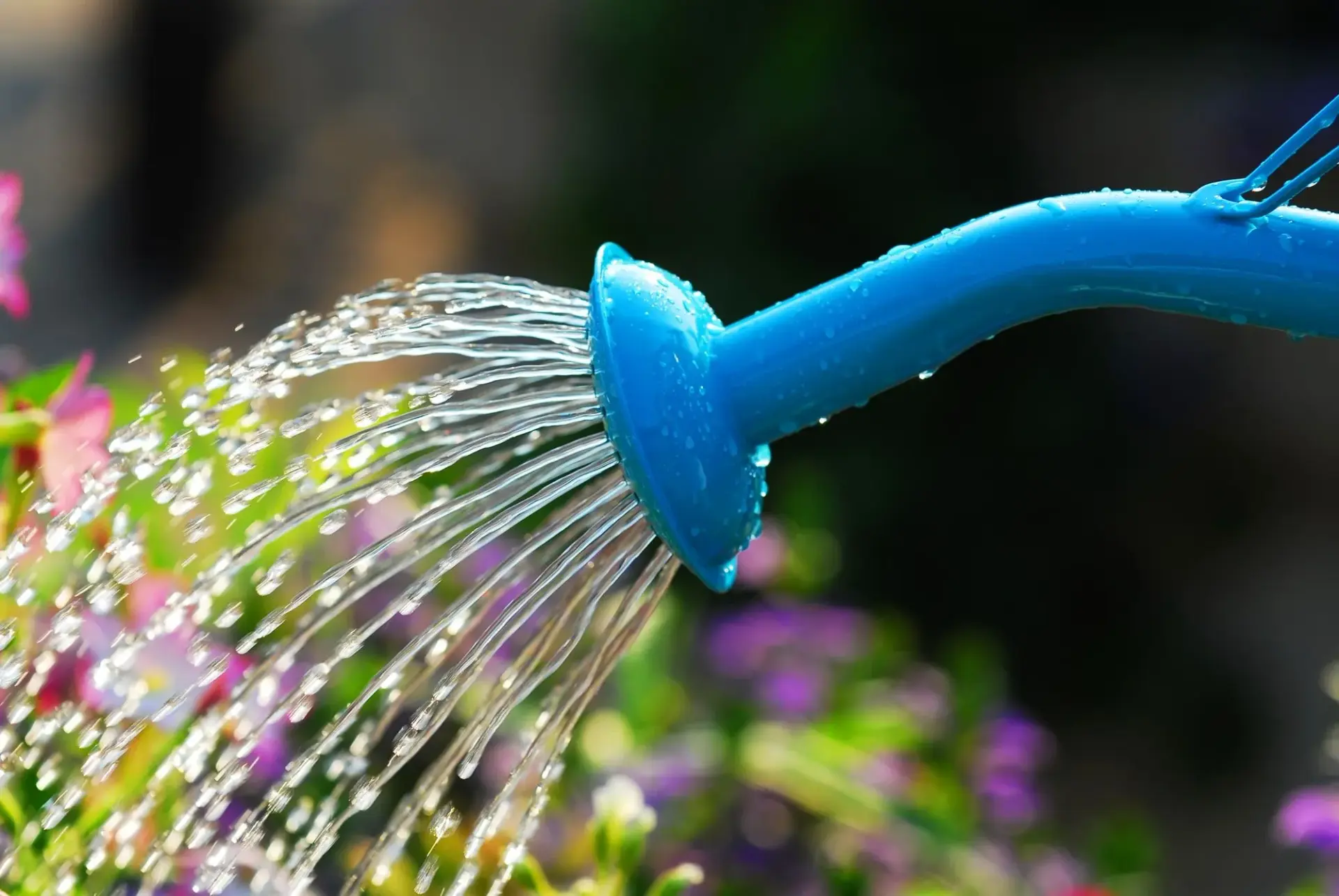
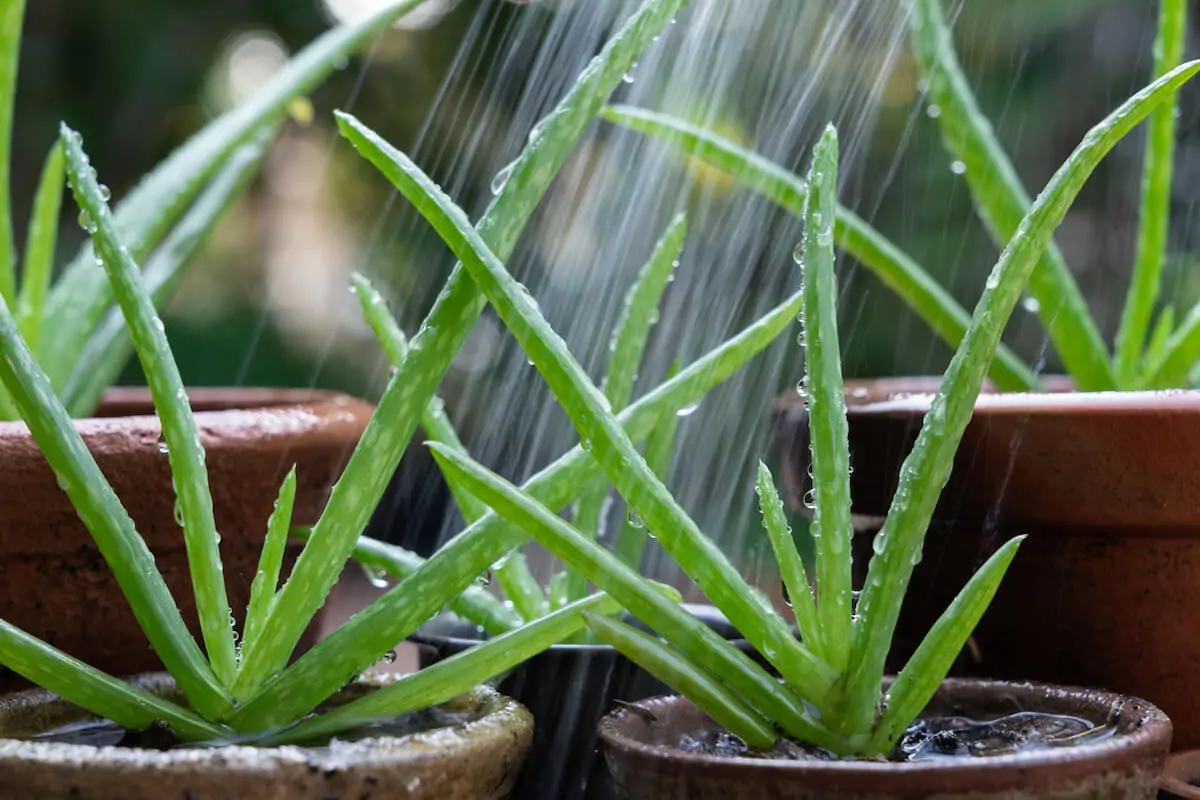
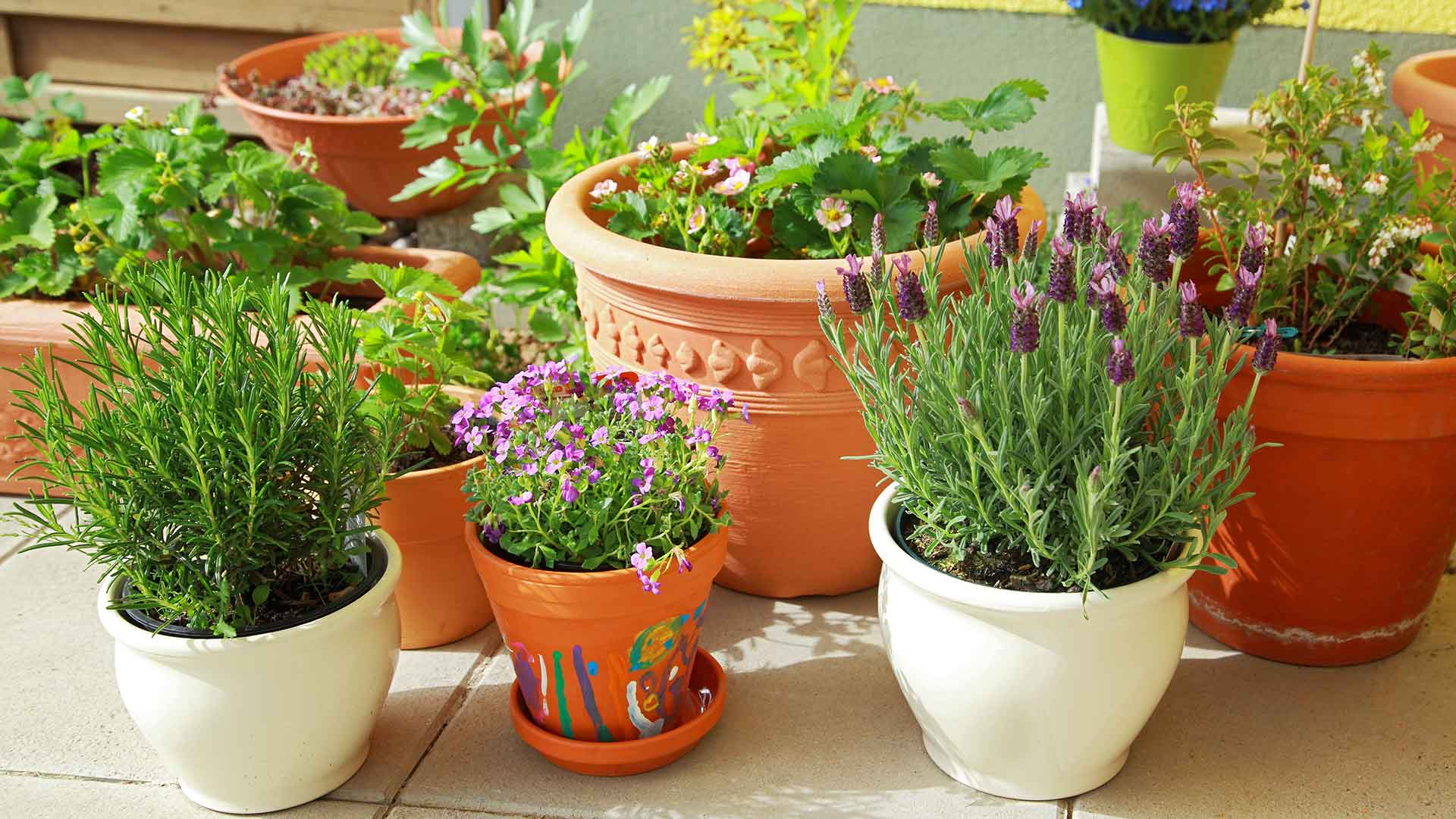
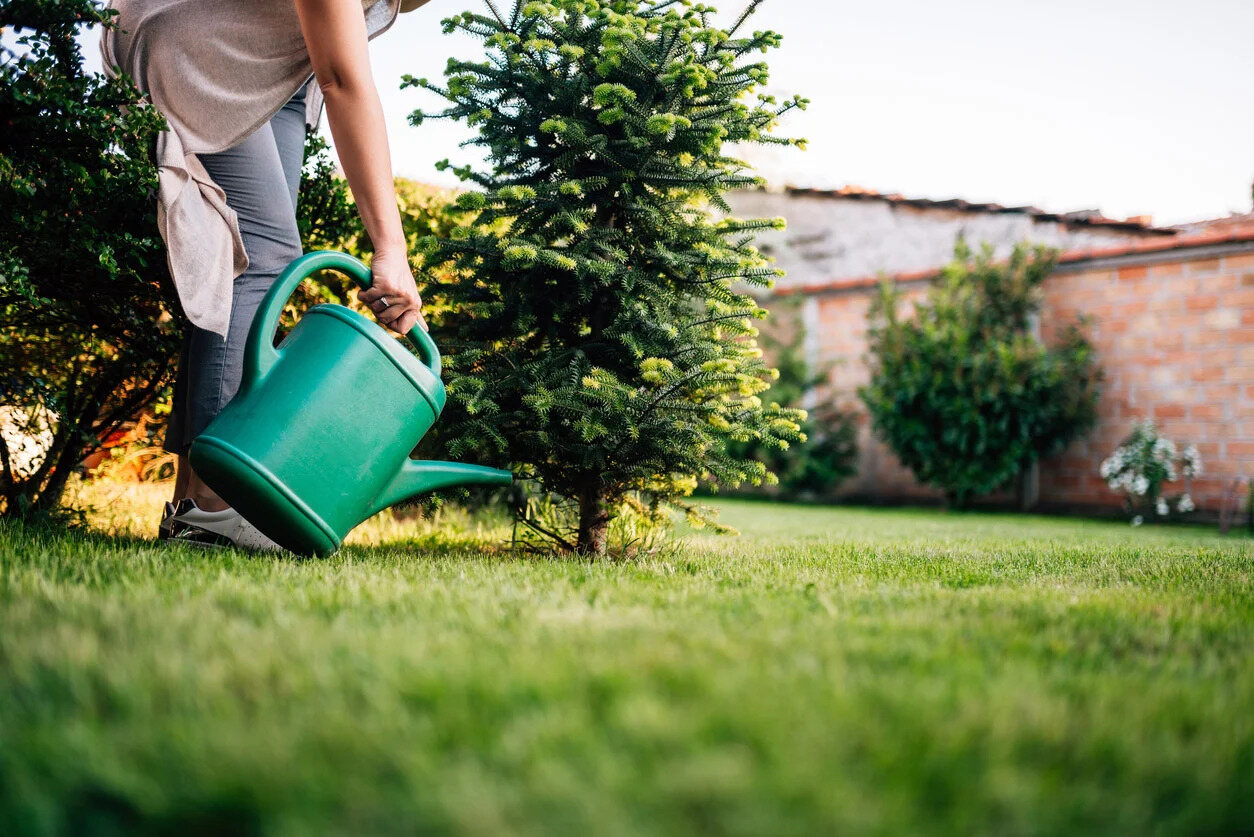
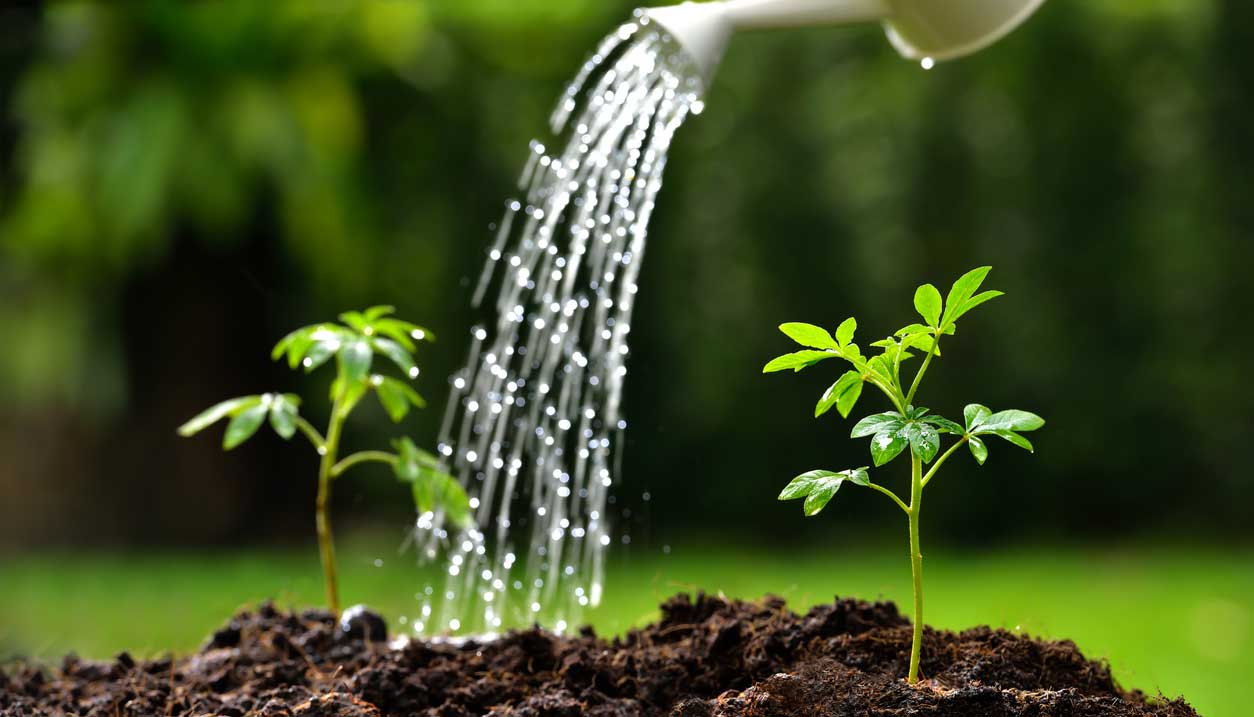
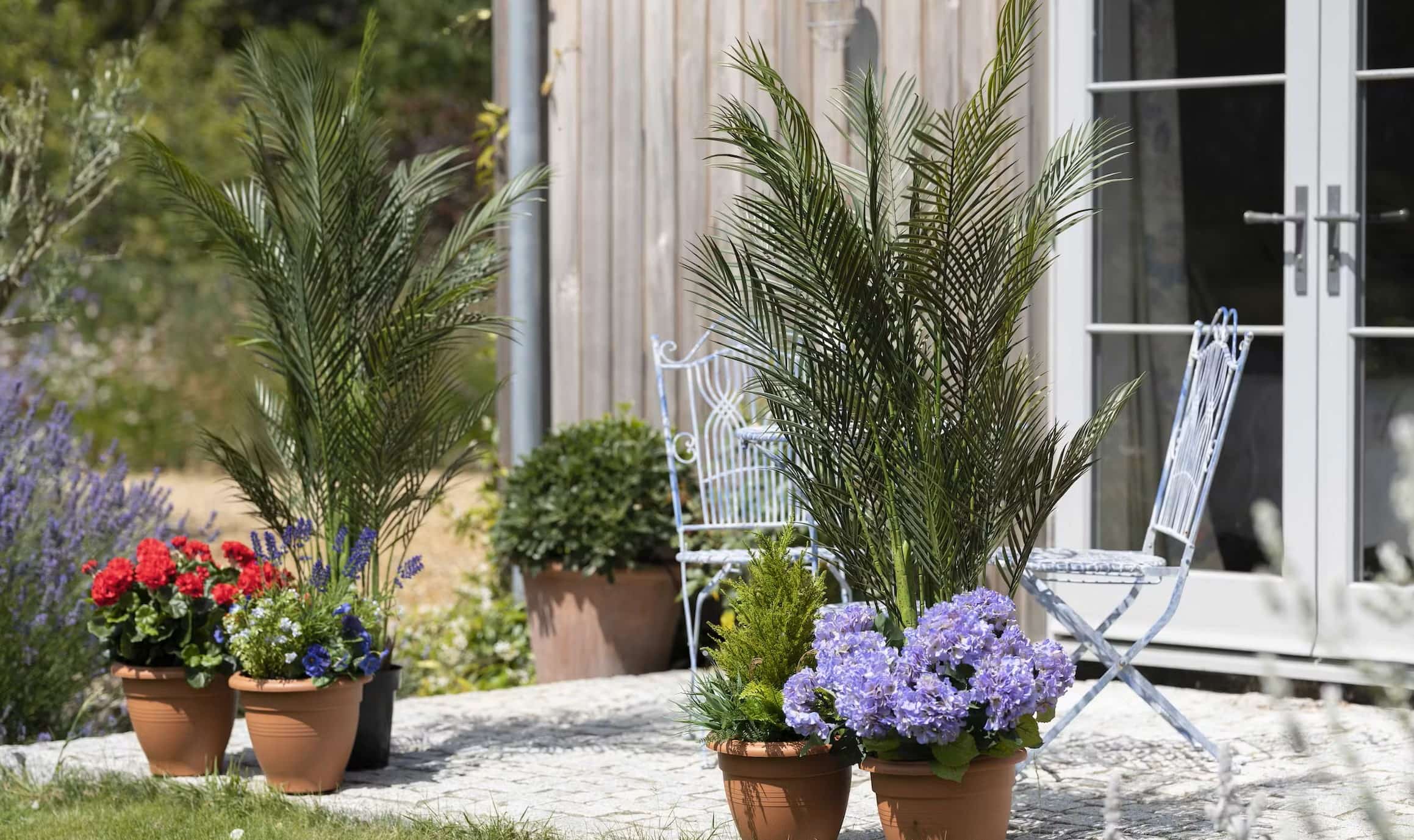
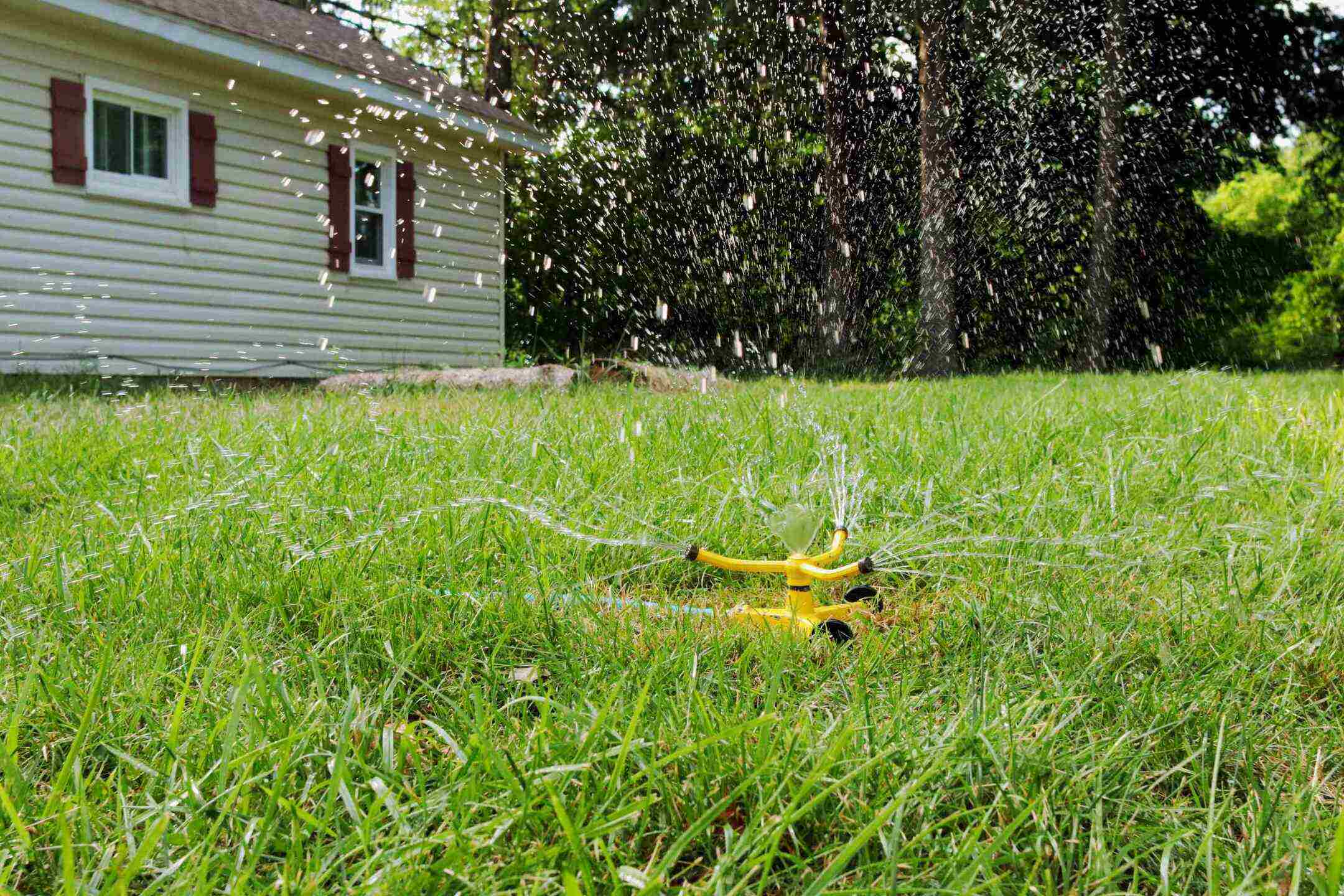
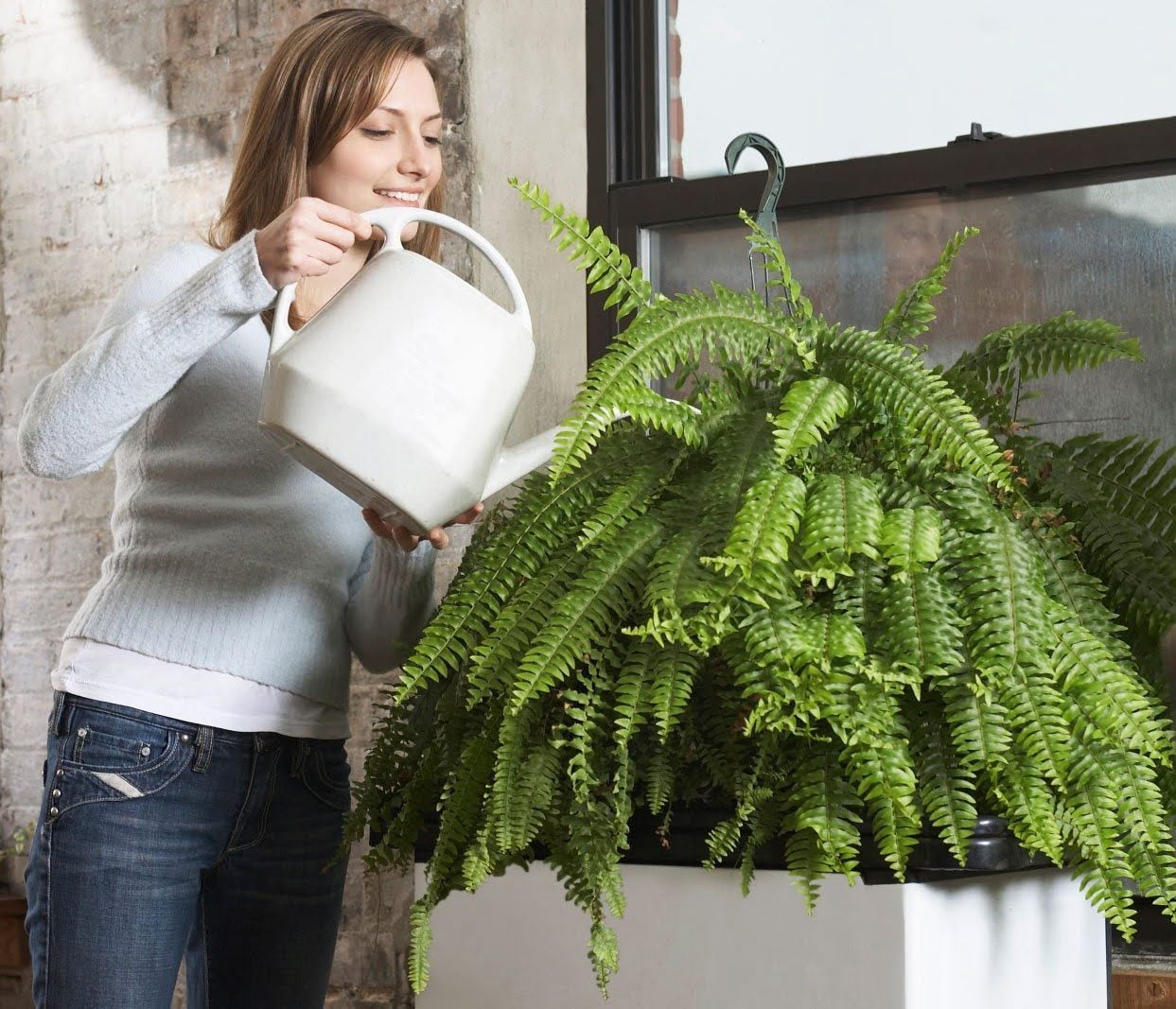

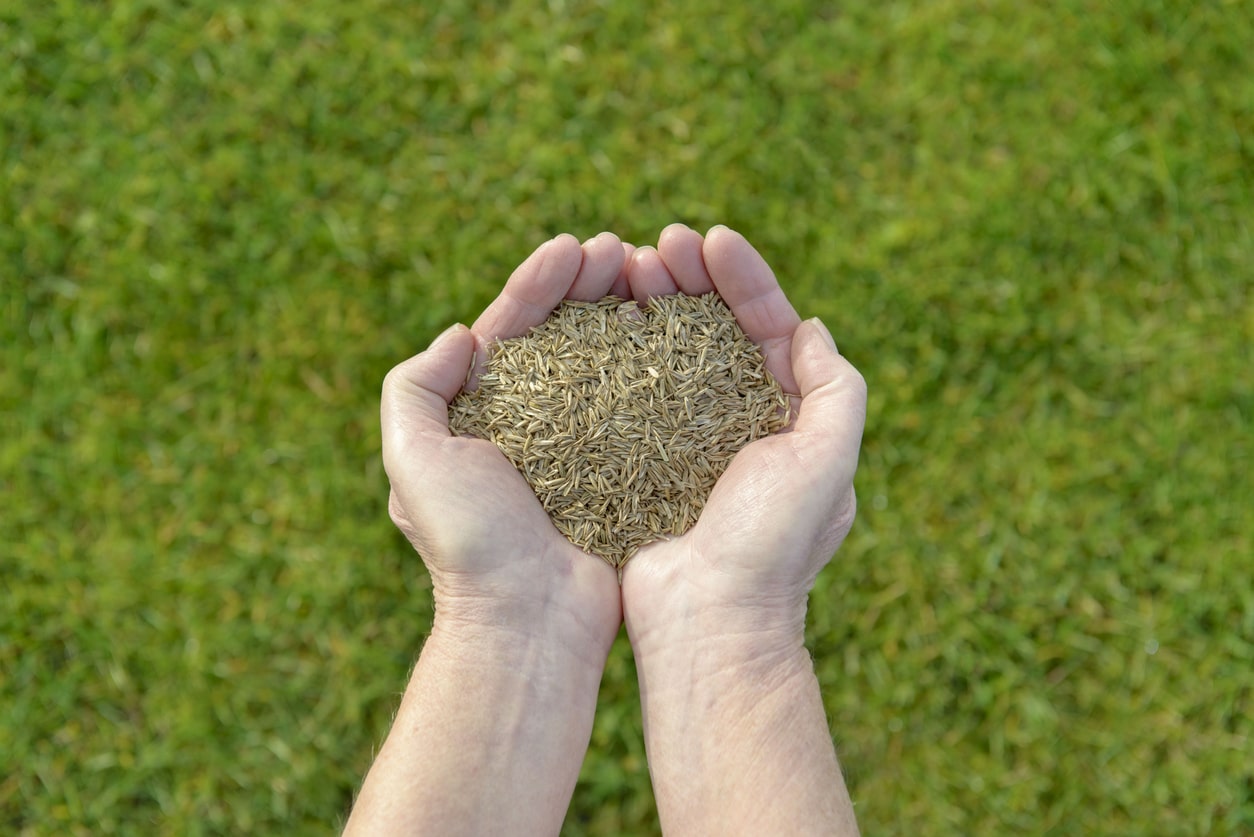
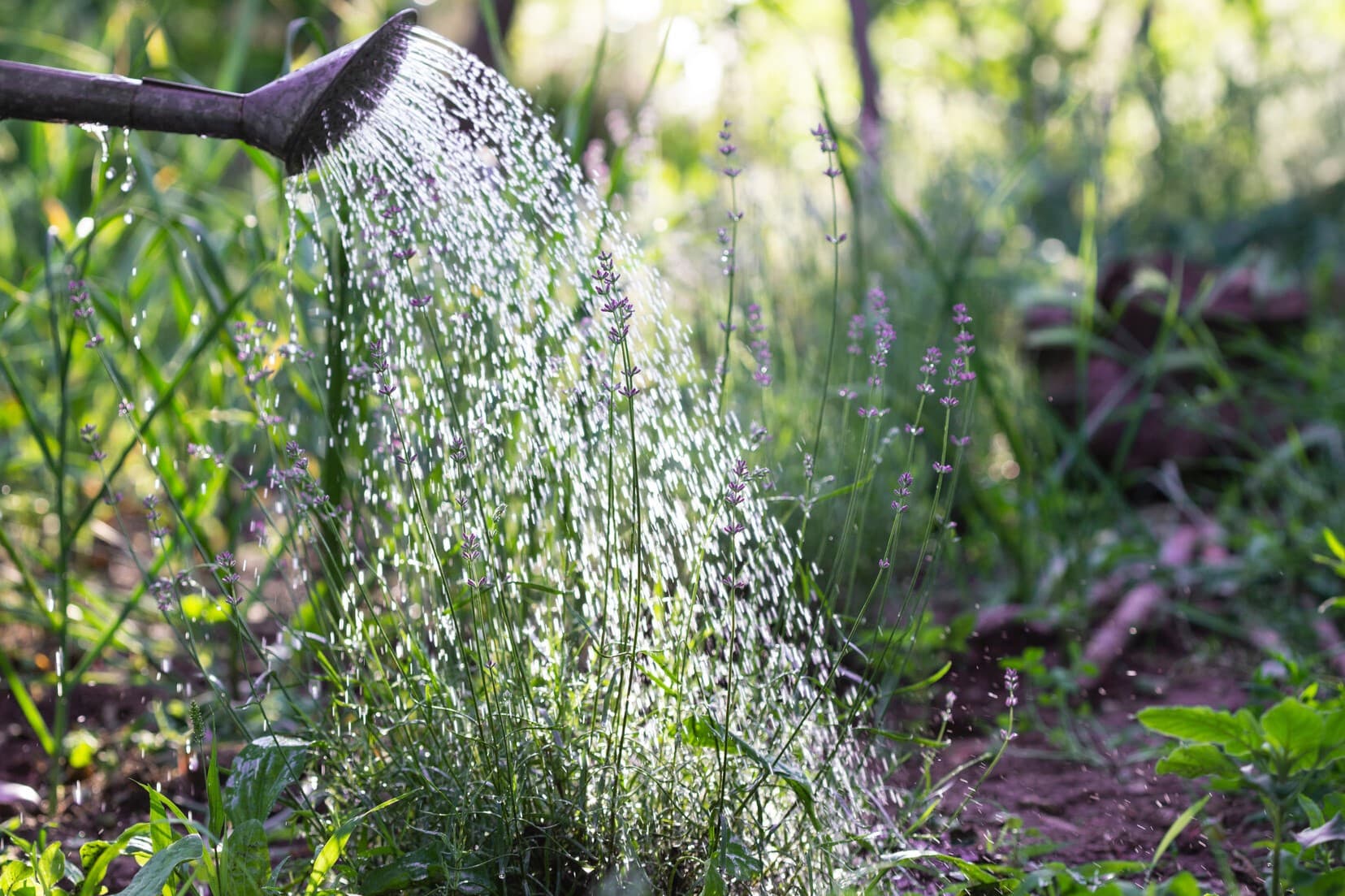
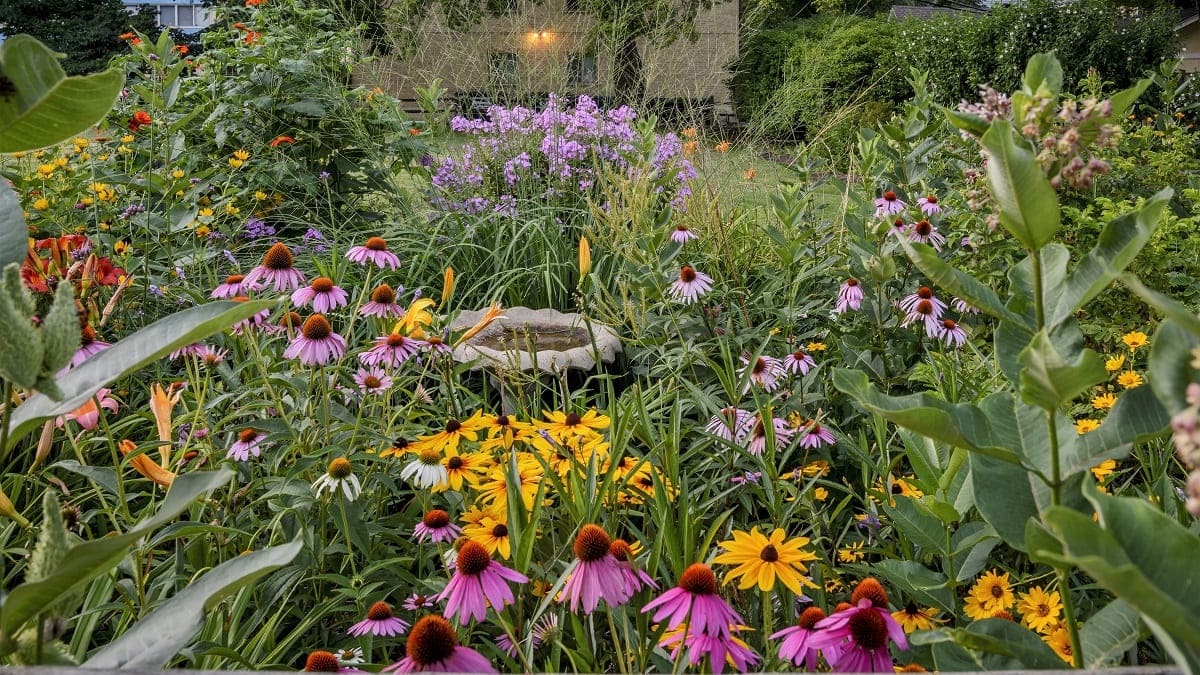
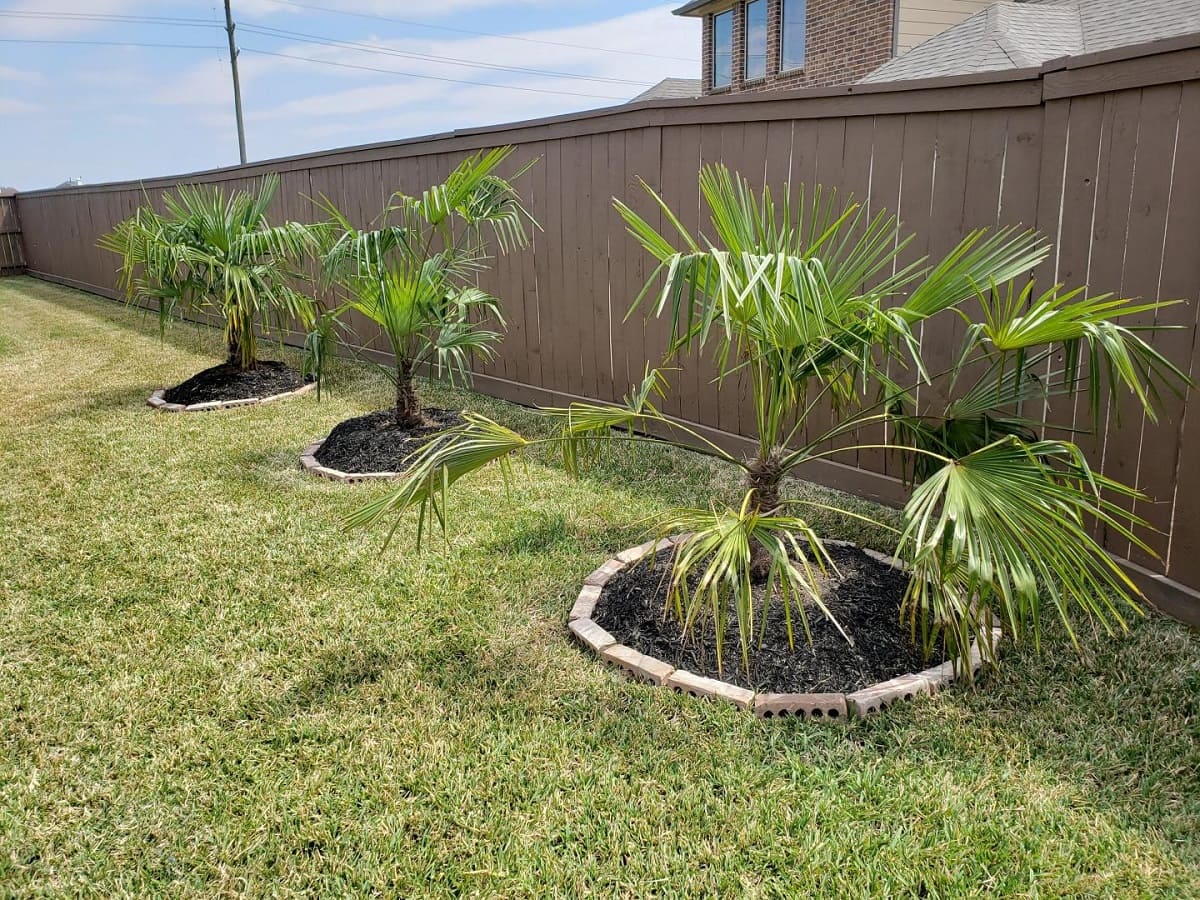


0 thoughts on “How Often Should I Water Outdoor Potted Plants?”